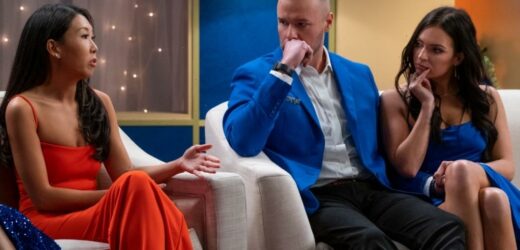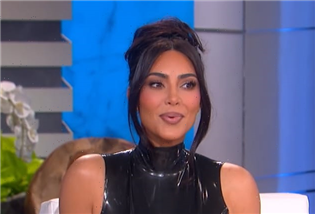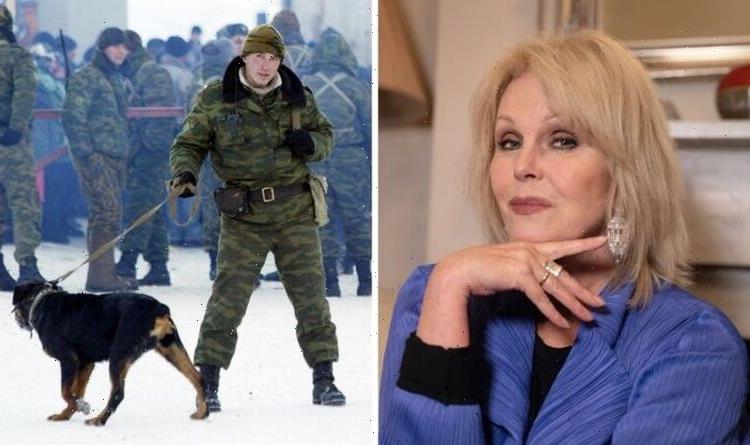Dating shows such as Love Island and Too Hot to Handle are filled with unrealistic, ever-elusive ideals of conventional beauty — which means that all of their contestants, to a degree, look very similar and face very similar challenges in the dating world. While racial diversity on these shows has slowly, slowly been improving, the overwhelming majority of contestants on shows like these are still thin, straight, cisgender, and able-bodied. And while it’s easy (and correct) to say that people from every group deserve to be represented in pop culture, that gets complicated when you talk about introducing people with disabilities to be contestants on the types of reality dating shows we have now.
From the onset, shows like those mentioned above as well as The Bachelor and The Bachelorette, and even the more experimental Love Is Blind, seek to build a utopia of romantic love, a Barbie Dream House version of romance — and there’s no disabled access in blueprints like those. If contestants with disabilities were suddenly to be thrust into these shows as they are now, they would likely face much of the same discrimination and disrespect they face when dating IRL, from ignorant comments to infantilizing behavior. Should we really ask that people with disabilities suffer that treatment in a public sphere just in the name of representation?
Most disabled women — including myself — have been harmed by the realities of dating with a disability. Every disabled woman seemingly has a collection of dating horror stories. A date once told me that he had a magic penis that could “fix me” — then there’s the ghosting and the outright abuse.
Indigo Camryn, who has a rare genetic connective tissue disorder called Ehlers-Danlos Syndrome, tells me she’s had partners grow to resent her disability, and tells the story of a former partner who used her disability to strip her of her independence and confidence. He was psychologically abusive, and wouldn’t allow her to do anything for herself — not even pour a drink — but she didn’t see it until it was too late.
“My EDS became his power, and I just couldn’t see it,” she says.
Camryn is hopeful that better representation of people with disabilities on TV could help people have better experiences in real life, by pointing out red flags and warning signs people with disabilities may want to look out for in their own lives. At any rate, she thinks the all-able-bodied landscape of reality shows right now is a “dangerous” thing that’s not at all representative of many people’s realities.
“Dating shows are cultivating a toxic dating world where disability isn’t a thing,” Camryn says. “Those people are walking a dangerous line, living in a fantasy world without flaws or pain.”
By ignoring those issues on mainstream TV, we can unconsciously encourage able-bodied people to continue to ignore people with disabilities in real life too. But disabled people aren’t a niche. We make up an estimated 15% of the world’s population, and we’re far from hidden on the dating scene, whether that be apps or IRL. So, how can we represent those real stories on TV without replicating the damage that often comes along with it?
Emily Tisshaw, who was born without her left hand, thinks there’s value in pushing for more disabled representation even if on-screen able-bodied romantic interests may make the same mistakes disabled people experience in real life.
“Only in making these mistakes can we teach others and learn from them,” Tisshaw notes, advising that disabled daters not be overly wary of having these public or private conversations. In showing people what not to do, we can help people fight biases and prejudices they may not have even known they had — and a TV show can do that on a much wider basis than one-on-one talks.
It’s important that the stories of disabled daters are told and that we’re listened to, but that representation has to be educational, inclusive, and planned out well in advance to avoid easily predicted pitfalls. Disabled people should not be introduced onto dating shows only for the onus to fall on them to argue and explain their own value to unreceptive prospects; their appearance should not be a one-off gimmick, an opportunity to check a diversity box, or a publicity stunt. Ideally, disabled contestants would just be one more layer on the diverse swath of humanity displayed on these shows — but until that’s true, the most important thing we can consider with disabled representation is the intention behind it.
Disabled people should be included on reality TV shows out of a genuine desire to show the full spectrum of the human experience, and to recognize and validate disabled daters as having stories worth telling. And while no reality TV dating show can promise a love story without at least a dash of humiliation, diversity on every level on these shows has to be improved to ensure disabled contestants are not treated as anomalies from an otherwise homogenous group.
Not only would better representation of this population serve the disabled community, it would serve the improvement of these reality TV shows too. The airbrushed, filtered, edited shows we see now have long presented an unrealistic ideal that our society should be focused on breaking down anyway: Including the realities of disabled dating on shows like these would be a great place to start.
Before you go, click here to see movies and TV shows that cast disabled actors to play characters with disabilities.
Source: Read Full Article




